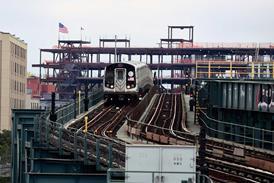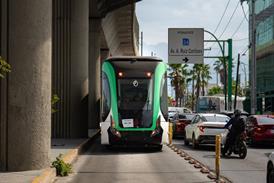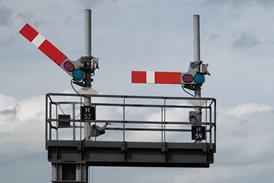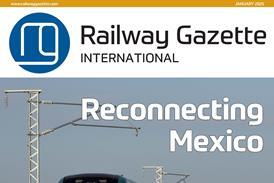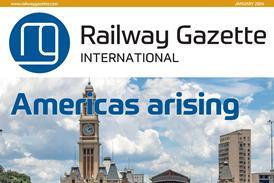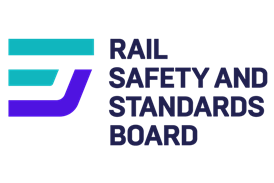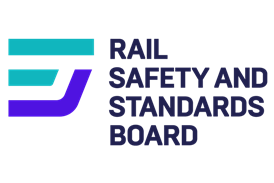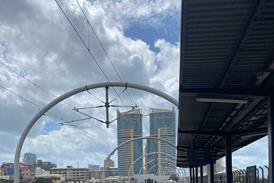ATTEMPTS to stitch together a coalition of three groups holding rights to work virgin iron ore deposits in the Central Pilbara region of Western Australia, northwest of Newman, broke down at the end of July. However, a strong market with prospects for growing demand, especially in China, is piling on pressure for a solution that could see the construction of a new line some 350 km long to Port Hedland.
Apart from Rio Tinto and BHP Billiton, which now control the two existing rail networks serving their own mines, the strongest non-producer is Hancock Prospecting in partnership with Kumba Resources. The consortium’s immediate objective is to get rail access from the principal deposits at Hope Downs North and South, which together with other local reserves, could produce 25 million tonnes/year for 30 years.
Attempts to get access to BHP’s line into Port Hedland were rejected by the Supreme Court last year (RG 10.02 p612), just as Robe River’s attempt to force Hamersley Iron to carry ore from West Angelas to a connection with Robe’s line to Cape Lambert failed in 1999. This was resolved when Rio Tinto acquired both companies and set up Pilbara Rail Co to run both railways.
On July 18, two other aspiring producers holding smaller reserves at Mindy Mindy (Consolidated Minerals) and Mt Nicholas (Fortescue Metals Group) joined forces under the leadership of FMG’s Andrew Forrest to develop Mindy Mindy. A key part of the deal was that Forrest would secure the A$1·2m needed to build a new railway to Port Hedland alongside the BHP line and sell the spare capacity to Hancock for its Hope Downs traffic. With branches to the various deposits, this would have required the construction of more than 350 km of railway.
The Hope Downs partners rejected this offer out of hand on July 21. Russell Tipper, Project Manager for Hope Downs Management Services, said that the partners were drawing up a list of companies who might be invited to finance and build mine and port facilities as well as 314 km of railway, again broadly following the BHP line. ’At this stage, Mr Forrest’s company is not on that list’, Tipper told The Australian.
As with West Angelas, there is a large element of bluff in the whole process. The two established producers don’t want competition, but their customers certainly do and might be prepared to invest in order to get it. The state and Commonwealth governments both have an interest in expanding export business.
And everybody knows that adding capacity on existing railways is cheaper than building competing lines, not least because a double-track route can carry more than two single tracks.

